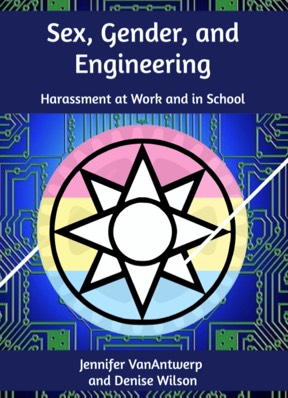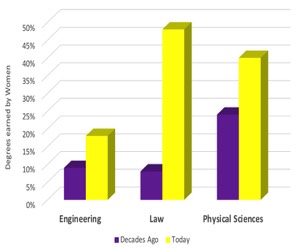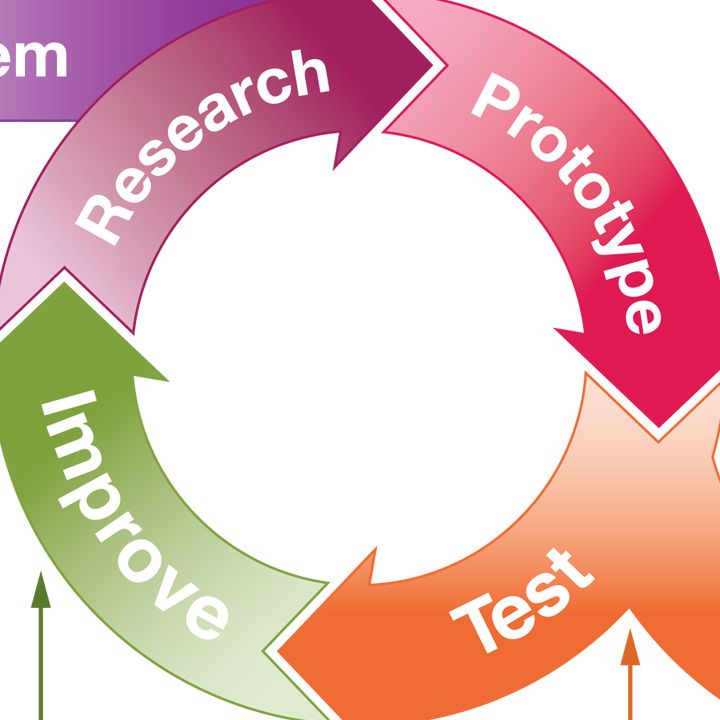A Warm Welcome to our Community Space!
Much of what we develop at the University of Washington in Electrical and Computer Engineering as part of both research and education may be of use to students, learners, and researchers outside the UW community. This space contains a wide range of information on different aspects of education and workplace research as well as the environmental impacts of electronics and other technologies in our modern world.
Gender Research in Engineering
The gender gap in engineering is largest and most persistent in electrical and mechanical engineering but is remains stubbornly slow to change in almost every single engineering discipline. In addition to posing a barrier to diversity in the engineering workforce, the gender gap also reflects a wide variety of problems that continue to plague both engineering education and engineering workplace settings. While gender research has historically focused on understanding the struggles that women face in engineering, non-binary genders also face an uphill journey. Our gender research focuses on understanding the gender gap in terms of basic psychological needs and support structures in order to strategize solutions that serve all genders.
Read more here.
Read more here.
The Impact of COVID-19 on Engineering Education
The COVID-19 pandemic caused many traditional, campus-based universities to shift abruptly from traditional in-person learning to a sub-optimal form of on-line learning called Emergency Remote Teaching (ERT). Research emerging from ERT suggests that ERT was not as bad as many educators and stakeholders in higher education first thought. In fact, ERT provided important insight into how hybrid learning models, combining in-person and on-line instruction, can improve the future quality of higher education. Read more here.
Engineering by the Numbers
While the numbers in engineering education and the engineering workplace only tell part of the story about what it's like to learn and work in engineering, they nevertheless provide important markers for understanding imbalance and deficits in both settings. Over time, the statistics also paint a valuable picture of how effective initiatives, interventions, and change strategies are.
Read more here.
Read more here.
Environmental Impacts of Technology
The environmental impacts of technology are widespread. Understanding these impacts is important for engineers so that they can go about the design of future technology in a way that minimizes negative environmental consequences. While technology has enormous potential to benefit society and support a growing world population, the mining of natural resources, product manufacturing, and waste associated with these technologies can be significant.
Read more here.
Read more here.
Belonging, Engagement, and Instructional Support
Belonging is a much used term that has many meanings to different people. At its core, however, belonging is a fundamental human need and in education, it plays a critical role not only in facilitating student engagement in the classroom but also in enabling students to persist in college and in their chosen disciplines. What professors, teaching assistants, and other instructors do can make a big difference in how sense of belonging among students. Read more here.
Exploring the Engineering Design Cycle
The Engineering Design Cycle is fundamental to what engineers do and how they solve problems. Explicit instruction in the engineering design cycle, however, is not always part of the undergraduate education. Instead, students often learn effective design in the context of solving an engineering problem. These instructional materials are intended to support a greater awareness and attention to novice engineering designers.
Read more here.
Read more here.





